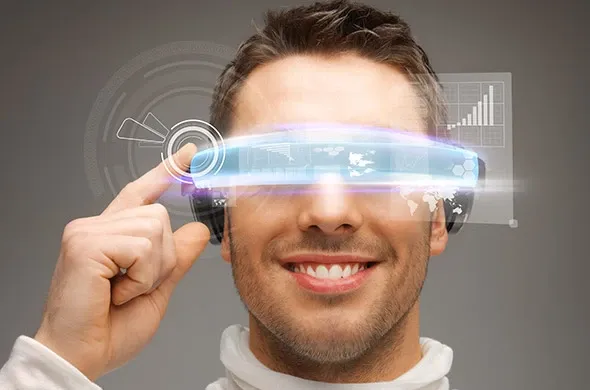Smartwatch Market Set to Swing to Growth in 2025
Global smartwatch shipments are forecast to climb 7% by the end of 2025, swinging to growth after declining for the first time in 2024, according to Counterpoint Research.

Smart Glasses as the highest growth sector of the consumer wearables segment over the next five years, reaching 11% of the overall wearables market by 2021, according to the new study from Juniper Research. Revenues are forecast to grow from $327m this year, to $9bn in 2021 as the new generation of smart glasses emerges.
“Wearable biometric data alone isn’t immediately helpful,“ remarked research author James Moar. “The key task for wearable healthcare now is to make the data meaningful to healthcare professionals. This means better algorithms to process the data, and new user interfaces to contextualise it.“
The new research, Smart Wearables: Vendor Strategies, Opportunities & Forecasts 2017-2021, also found that the dominant wearables categories of smartwatches and fitness wearables, have begun to slow. They will claim just over 50% of wearables revenue by 2021, compared to an expected 75% this year.
In contrast, more ambitious wearable devices, which require new modes of interaction, will bring more and better devices to consumers in the near future. Smart glasses are being repositioned away from their technological roots to appear more like conventional glasses; new products from ODG and GlassUP look more like large sunglasses. This will help to remove the stigma of wearing smart glasses in public, as will the renewed focus on private use cases.
In addition, new ear-based wearables, or hearables, will bring more possibilities. These devices are becoming platforms for digital assistants such as Alexa and Siri, as well as enhanced multimedia consumption, using voice commands and gestures as interaction methods.
The second biggest growth area will be in healthcare wearables - producing a $7 billion increase in annual revenues between 2017-2021. The healthcare sector will change radically behind the scenes as healthcare databases store individual user data and provide personalised services and preventative recommendations. However, the volume of information makes human interpretation difficult.